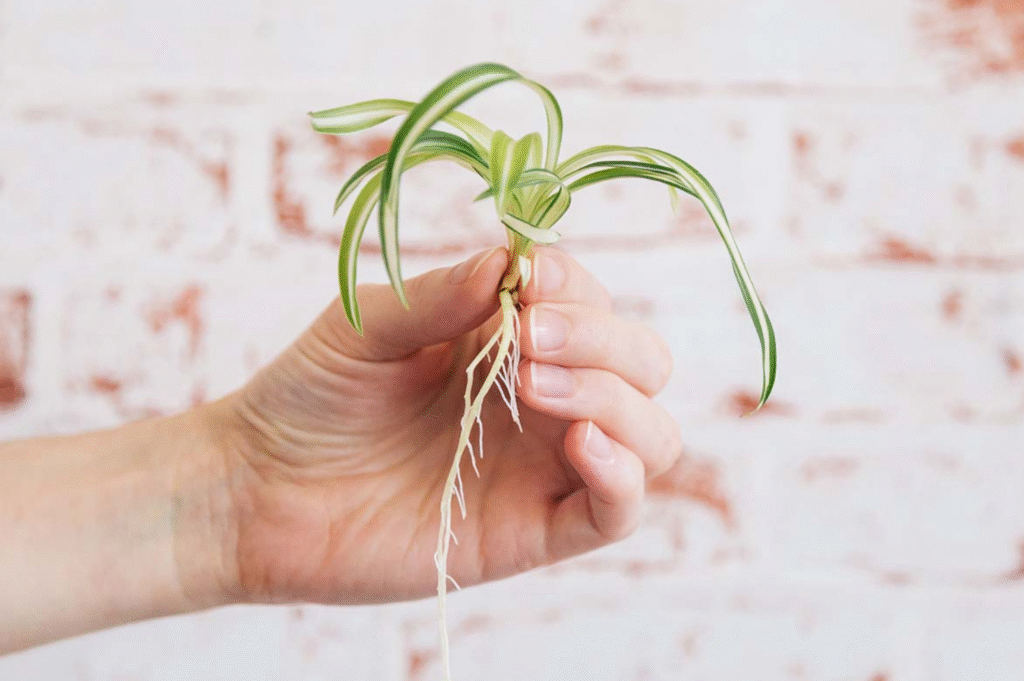Spider plants (Chlorophytum comosum) are loved for their cascading green leaves and easy-care nature. If yours has started growing small baby shoots (called spiderettes), you might be wondering: When is the right time to propagate a spider plant?
In this guide, you’ll learn the best time of year to propagate, what signs to watch for, and how to ensure successful propagation every time.
Why Timing Matters for Propagation
While spider plants are generally easy to propagate, doing it at the right time can make a big difference. Timing affects:
- Root development
- Growth speed
- Plant health
- Success rate of propagation
Think of it like this: the better the conditions, the faster your baby plant will grow into a healthy, full spider plant.
Best Time to Propagate Spider Plants
The ideal time to propagate spider plants is during spring and early summer.
Here’s why:
1. Active Growth Season
- In spring and early summer, spider plants are in their natural growing phase.
- They produce more energy, allowing baby spiderettes to root faster.
2. Longer Daylight Hours
- More indirect sunlight means better photosynthesis and healthier root growth.
3. Stable Temperature
- Spider plants prefer temperatures between 65-80°F (18-27°C).
- Spring and summer offer this consistent warmth naturally.
When Not to Propagate
Avoid propagating spider plants in:
- Winter: Low light and cooler temperatures slow down root formation.
- Late fall: The plant starts conserving energy instead of producing new growth.
Propagation in these seasons might still work, but it will take longer and be more prone to failure.
Signs Your Spider Plant Is Ready to Propagate
Not sure if it’s the right time? Look for these signs:
1. Healthy Spiderettes
- They should be green, strong, and at least 2–3 inches long.
- Some may already show small root nubs at the base.
2. Parent Plant Is Healthy
- The main spider plant should be free from pests or diseases.
- A weak or stressed plant might not produce viable offshoots.
3. Warm Indoor Conditions
- Even if it’s winter outside, you can propagate if your indoor temperature is warm and you provide sufficient light.
Pro Tip: Use Grow Lights for Winter Propagation
If you’re eager to propagate in winter, use a full-spectrum grow light and maintain a warm, humid environment indoors. This can mimic spring conditions and encourage rooting.
Frequently Asked Questions (FAQs)
Can I propagate spider plant in winter?
Yes, but only if you provide extra warmth and light. It’s slower and riskier than spring propagation.
How long does it take for spiderettes to root?
Usually 5-10 days in water, or 1-2 weeks in soil if conditions are right.
Do spider plant babies need roots before cutting?
No, but it helps. Spiderettes with visible root nubs tend to root faster after separation.
Final Thoughts
Timing is everything when it comes to propagation. For the best results, propagate your spider plant during spring or early summer, when growth is natural and strong. Keep an eye on the health of the parent plant and the spiderettes, and use the right method for your environment. Once new plants are settled, the next step is learning how to keep spider plants growing strong so they thrive for years to come.





